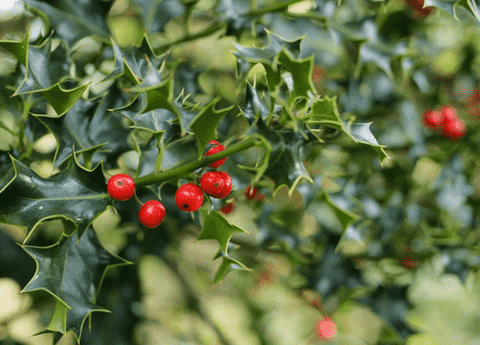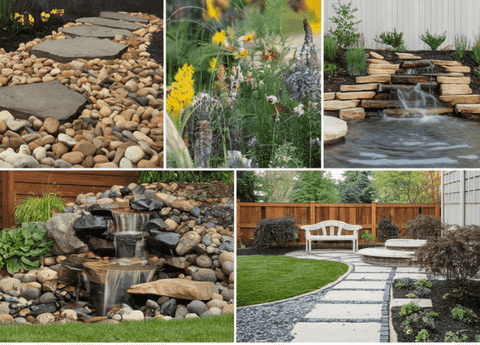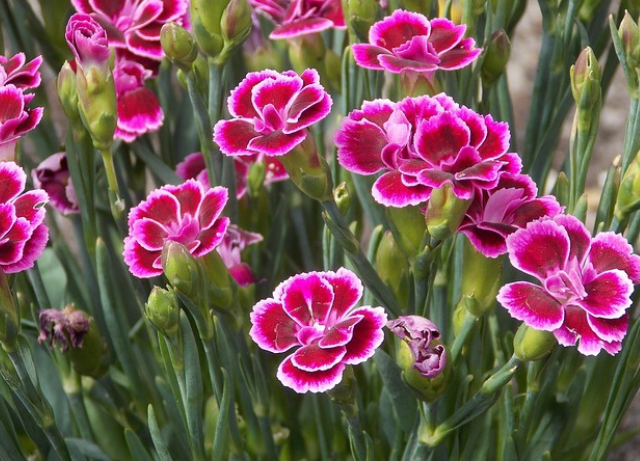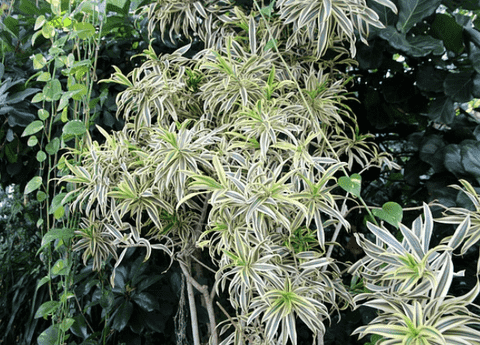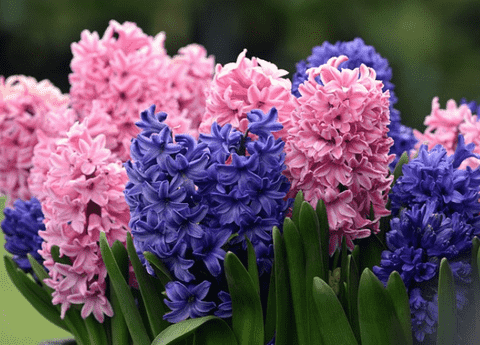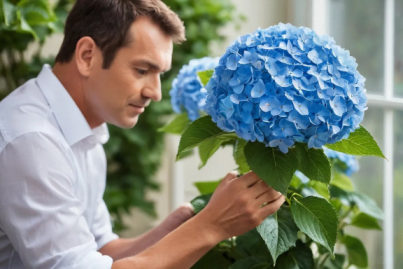The Ultimate Guide 101: How to Grow Mistletoe and Create Stunning DIY Decor
The festive charm of mistletoe is not just limited to the holiday season; this intriguing plant can also add a touch of magic to your home decor year-round. For gardening enthusiasts and DIY home decorators alike, understanding how to grow mistletoe and create stunning decor with it can be both an exciting and rewarding endeavor. In this ultimate guide, we will delve into the essentials of mistletoe propagation, provide mistletoe care tips, and explore creative DIY mistletoe decor ideas. By the end of this journey, you’ll be well-equipped to cultivate and care for mistletoe, transforming it into beautiful, personalized decorations for your home.
Growing Mistletoe: The Basics
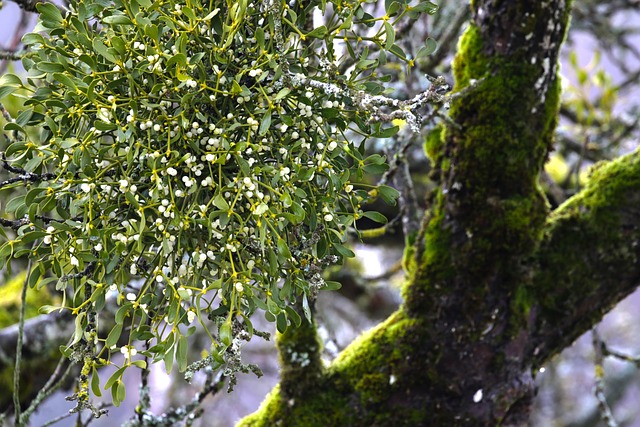
How to Grow Mistletoe
Growing mistletoe requires a bit of patience and the right conditions. First, obtain fresh mistletoe berries, as they are essential for successful propagation. Choose a suitable host tree, such as an apple, oak, or maple, since mistletoe relies on these trees for nutrients. In late winter or early spring, make a small incision in the bark of the host tree and insert the mistletoe seeds. Secure the seeds with tape to ensure they stay in place.
Mistletoe seeds need time to establish themselves, often taking several months before any visible growth occurs. Ensure that the host tree is healthy and not overly shaded, as mistletoe thrives in partial to full sunlight. Water the area occasionally, but avoid overwatering. With proper care and patience, mistletoe will begin to grow, adding a unique touch to your garden.
Mistletoe Growth Conditions
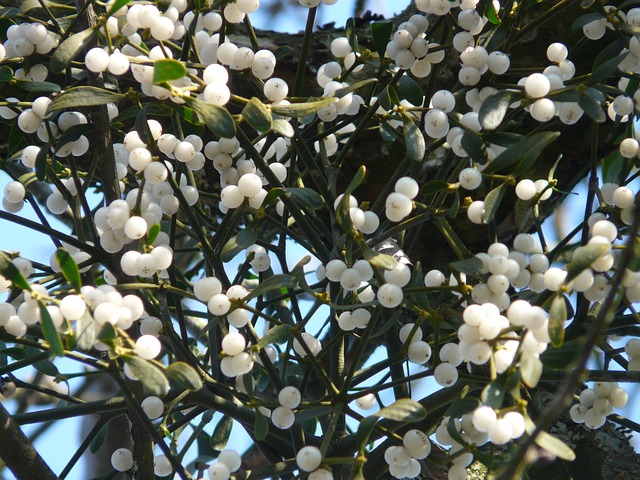
Mistletoe thrives under specific growth conditions that are vital for its development. The plant prefers regions with mild winters and warm summers, making temperate climates ideal. It grows best in partial to full sunlight, so ensure the host tree is not in a heavily shaded area. Soil type is less critical since mistletoe derives nutrients from its host tree, but well-drained soil can benefit the overall health of the tree and the mistletoe.
Humidity levels should be moderate; excessive dampness can lead to fungal issues, while overly dry conditions can impede growth. Regular air circulation helps prevent diseases. Mistletoe requires minimal watering, primarily during prolonged dry periods. Fertilizing is generally unnecessary, as mistletoe extracts nutrients from its host. Monitor the host tree’s health closely, as a healthy tree supports robust mistletoe growth. By maintaining these conditions, you can ensure that your mistletoe plant will flourish.
Mistletoe Propagation Tips
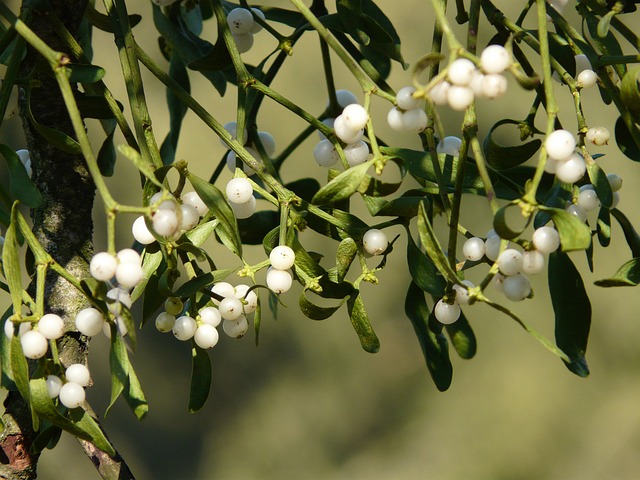
Successful mistletoe propagation hinges on a few key practices. Start by sourcing fresh, viable mistletoe berries, as older berries may not germinate effectively. When handling the berries, gently squeeze them to release the sticky seeds. This viscous coating helps the seeds adhere to the host tree’s bark, an essential step in the propagation process.
The timing of planting is crucial. Aim to sow the seeds in late winter or early spring when the host tree’s sap flow is starting to increase. This period helps the seeds to better integrate with the tree. Make small slits or notches in the bark of a healthy host tree, such as apple, oak, or maple, and press the seeds into these openings. Secure them with tape or biodegradable material to ensure they remain in place.
Regularly check the seeds to ensure they haven’t been dislodged by wind or rain. With consistent monitoring and care, your mistletoe seeds will have the best chance to establish and grow.
Caring for Mistletoe: Essential Tips
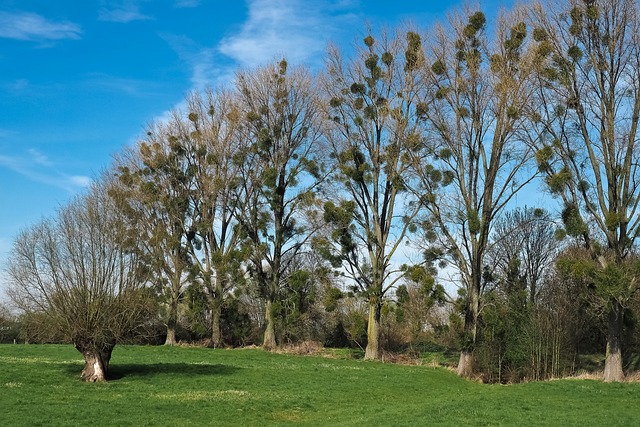
Mistletoe Care Guide
Caring for mistletoe involves a few essential steps to ensure its health and longevity. Regularly inspect the host tree and the mistletoe for signs of disease or pest infestation. Since mistletoe is semi-parasitic, it relies on the host tree for nutrients, making the tree’s health crucial. Prune any damaged or dead branches from the host tree to prevent the spread of disease.
Watering should be minimal, with occasional watering during prolonged dry spells. Avoid overwatering, as too much moisture can cause root rot or fungal problems. Fertilization is typically unnecessary, but applying a balanced fertilizer to the host tree can indirectly benefit the mistletoe.
Monitor the mistletoe’s growth and prune it back if it becomes too invasive. This action will help manage its spread and prevent it from overwhelming the host tree. By following these mistletoe care tips, you can maintain a healthy balance between the mistletoe and its host, ensuring both thrive.
Mistletoe Care Tips
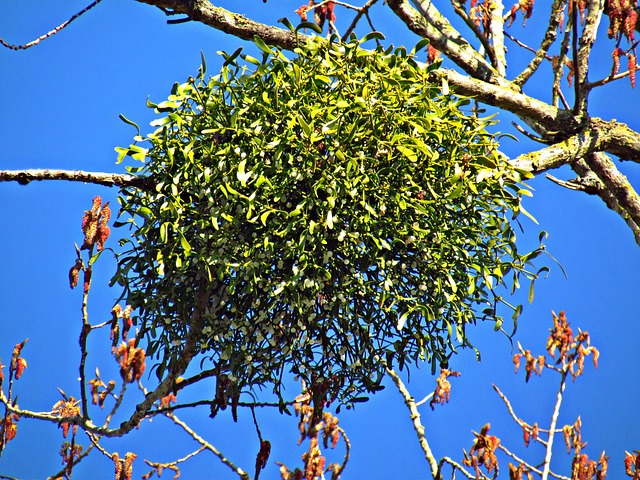
To keep your mistletoe thriving, follow these essential mistletoe care tips. First, maintain the health of the host tree by regularly checking for any signs of stress, disease, or pests. A healthy host tree is vital for the mistletoe’s growth. Prune back any overgrown mistletoe to prevent it from sapping too many nutrients from the host.
Watering should be done sparingly. Mistletoe is drought-tolerant and requires minimal water, mainly during extended dry periods. Avoid overwatering, as it can lead to fungal infections. Fertilizing the host tree occasionally can help improve its overall health, indirectly benefiting the mistletoe.
Ensure your mistletoe receives adequate sunlight, as it prefers partial to full sun. If the host tree’s canopy becomes too dense, consider thinning it out to allow more light to reach the mistletoe. By following these tips, you can ensure your mistletoe remains healthy and vibrant, adding charm to your decor year-round.
Common Mistletoe Problems
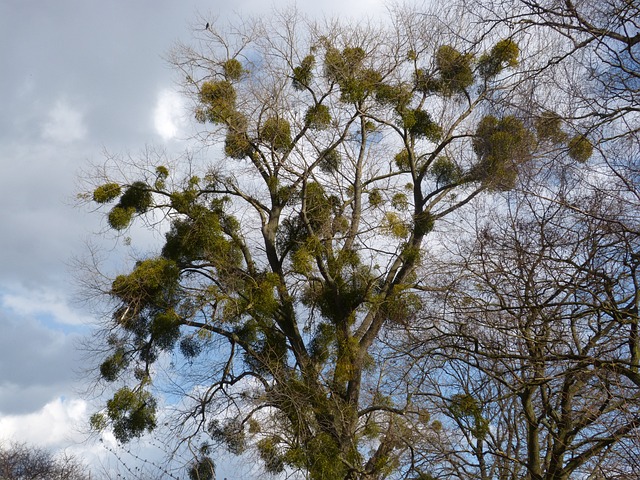
While mistletoe is generally hardy, it can face several common problems. One of the most significant issues is overgrowth, where mistletoe spreads too extensively on the host tree, potentially weakening it by draining excessive nutrients. Regular pruning can manage this issue and maintain a healthy balance.
Pests such as aphids and mites can infest mistletoe, leading to stunted growth or disease. Inspect the plant regularly and use appropriate organic pesticides if necessary. Disease is another concern, with fungal infections being the most common. Symptoms include discolored leaves and stunted growth. To avoid this issue, make sure there is adequate air circulation and refrain from overwatering.
Environmental stress, such as extreme weather conditions, can also impact mistletoe health. Protect the host tree from severe weather when possible, as a healthy tree supports robust mistletoe growth. By being aware of these common problems and addressing them promptly, you can ensure your mistletoe remains healthy and vibrant.
DIY Mistletoe Decor Ideas

Creating Stunning DIY Mistletoe Decor
Creating stunning DIY mistletoe decor can bring a unique and festive touch to your home. Start by harvesting fresh mistletoe sprigs, making sure to choose healthy, vibrant pieces. One popular idea is to craft a traditional mistletoe kissing ball. You’ll need a foam ball, floral wire, and ribbon. Attach the mistletoe sprigs to the foam ball using the floral wire, ensuring even coverage. Finish with a decorative ribbon for hanging.
For a more rustic look, consider making a mistletoe wreath. Use a wireframe as the base and secure mistletoe sprigs along with other greenery like pine or holly using floral wire. Add decorative elements such as berries, pinecones, or small ornaments to enhance the festive feel.
Mistletoe garlands can also add charm to mantels or doorways. Simply string mistletoe sprigs together with twine or ribbon. By following these DIY mistletoe decor ideas, you can create personalized, enchanting decorations for your home.
Sustainable Mistletoe Decorations
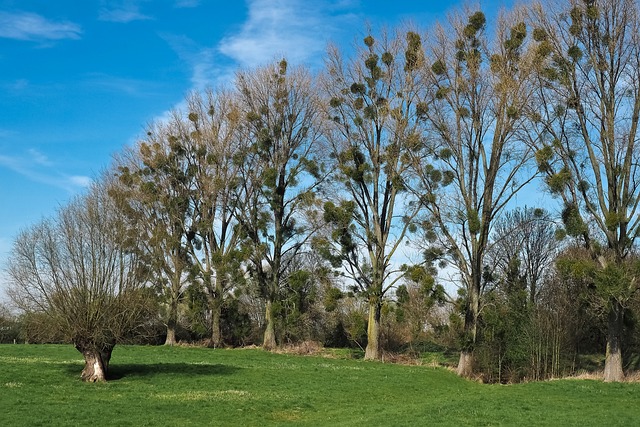
Creating sustainable mistletoe decorations is an eco-friendly way to celebrate the festive season. Start by using mistletoe harvested responsibly from your own garden or a local source, ensuring that you leave enough behind for the plant to continue thriving. Avoid over-harvesting, which can harm the host tree and the mistletoe population.
Incorporate natural and biodegradable materials in your decorations to minimize environmental impact. For instance, use twine, hemp, or cotton ribbons instead of synthetic materials. Combine mistletoe with other sustainable elements like dried fruits, pinecones, and recycled paper ornaments to add variety and texture.
Repurpose old decorations by incorporating mistletoe to give them a fresh, festive look. This not only minimizes waste but also gives a personal touch to your decor. After the holiday season, compost the mistletoe and other organic materials to return nutrients to the soil. By focusing on sustainability, you can create beautiful mistletoe decorations that are kind to the environment.
Festive Mistletoe Arrangement Ideas

Festive mistletoe arrangements can add a magical touch to your home decor. One idea is to create a mistletoe centerpiece for your dining table. Arrange fresh mistletoe sprigs in a decorative vase or bowl, and accentuate with candles, pinecones, and red berries to give it a festive flair. This centerpiece will not only look charming but also serve as a conversation starter during holiday dinners.
For a more whimsical look, consider crafting mistletoe ornaments. Attach small sprigs of mistletoe to clear or colored glass baubles using floral wire. These can be hung on your Christmas tree or around the house for a cohesive, festive theme.
Another creative option is to make mistletoe place settings. Tie small mistletoe sprigs with a ribbon and place them on each guest’s plate. This simple yet elegant touch can elevate your holiday table setting. By exploring these festive mistletoe arrangement ideas, you can bring a unique and enchanting atmosphere to your holiday celebrations.

